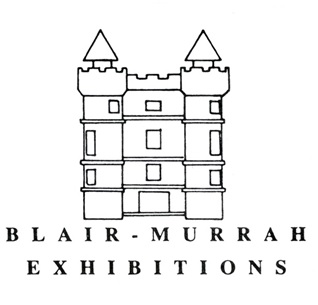Edward S. Curtis: The North American Indian
Over 100 photogravures included in this exhibition are a representative sampling of Edward S. Curtis' monumental attempt to record all aspects of American Indian culture. Selected from the 2,500 plates in The North American Indian: 1907-1930, the plates in this display reveal the rich diversity of lifestyle and environment found among the tribes Curtis studied.
Among the most awesome images in the Curtis collection are his landscapes, which underscore the majesty endemic to the various regions. "In the Klamath Forest," as well as "Quiet Yorok Waters," transports the viewer in both time and space and bespeaks the reverential attitude of the American Indian toward his environment.
The importance of tribal ceremonies and the elaborateness of costume are revealed in works such as "Honovi-Walpi: Snake Priest with Totokya Day Painting" and "Water Rite Purification, Cheyenne Animal Dance." The more mundane aspects of everyday living are depicted in such prints as "Pottery Burners at Santa Clara" and "Fishing from Canoe."
The striking portraits, such as "The Old Warrior," heighten the impact of this display by projecting the dignity and pride of a people confronted with periodic displacement and relentless social change.




